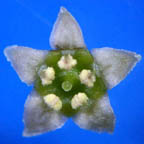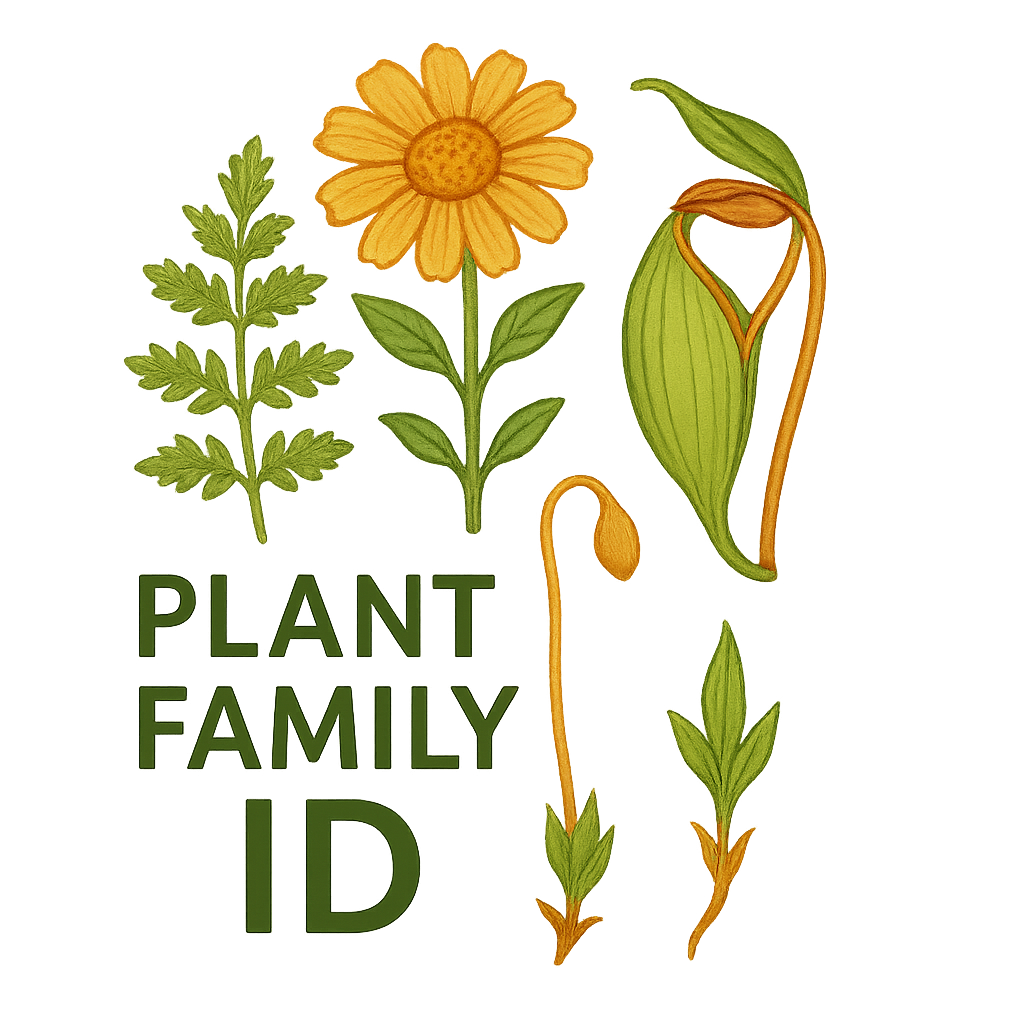Thesiaceae
Thesium Family
Thesiaceae is a family of hemiparasitic flowering plants in the order Santalales, comprising approximately 350 species primarily in the genus Thesium. These plants are characterized by their root parasitism, attaching to the roots of host plants via specialized haustoria to extract water and nutrients. Members of this family typically have simple, alternate, linear leaves and small, inconspicuous flowers with a tubular perianth. The family has a widespread distribution across Europe, Africa, Asia, and Australia, with the greatest diversity in South Africa, where they play important ecological roles in various grassland and shrubland ecosystems.

Overview
The Thesiaceae family comprises a group of hemiparasitic flowering plants that establish parasitic relationships with the roots of host plants, extracting water and nutrients while still performing photosynthesis. The family name is derived from the genus Thesium, which constitutes the vast majority of species in the family.
Thesiaceae has a widespread distribution across Europe, Africa, Asia, and Australia, with the greatest diversity in South Africa, where numerous species have evolved in response to the diverse flora and ecological conditions. Different species have adapted to specific host plants and ecological niches, with some showing high host specificity while others are more generalist in their parasitism.
Members of this family are ecologically important as they influence plant community dynamics through their parasitic relationships. They represent an interesting evolutionary lineage within the Santalales order, showing various adaptations to the root-parasitic lifestyle.
Quick Facts
- Scientific Name: Thesiaceae
- Common Name: Thesium Family
- Number of Genera: Primarily 1 (Thesium) with a few minor genera
- Number of Species: Approximately 350
- Distribution: Europe, Africa, Asia, Australia (greatest diversity in South Africa)
- Evolutionary Group: Angiosperms - Eudicots - Santalales
Key Characteristics
Growth Form and Habit
Members of Thesiaceae are typically herbaceous perennials, though some species are annuals or subshrubs. They are root hemiparasites, attaching to the roots of host plants via specialized haustoria. Their growth form is often adapted to their specific ecological niche, with some species having an erect habit and others being more prostrate or spreading.
Parasitic Structures
The most distinctive feature of Thesiaceae is their haustorial connection to host plant roots. The haustorium is a specialized structure that penetrates the host's vascular tissue to extract water and nutrients. The structure and complexity of the haustorium can vary among species, reflecting different parasitic strategies and host relationships.
Leaves
The leaves of Thesiaceae are typically simple, alternate, and linear to lanceolate in shape. They are often reduced in size, reflecting the plants' partial dependence on host resources. The leaves are usually sessile (without a petiole) and have entire margins. Some species have scale-like leaves, particularly at the base of the plant.
Reproductive Structures
Thesiaceae plants have small, inconspicuous flowers that are typically perfect (bisexual). The perianth is tubular, with 4-5 lobes that are often white, greenish, or yellowish. The stamens are attached to the perianth tube, opposite the lobes. The gynoecium consists of a single carpel with an inferior ovary. The fruits are usually small, dry nuts or drupes, often crowned by the persistent perianth.
Distinguishing Features
Thesiaceae can be distinguished from other plant families by a combination of:
- Root hemiparasitic habit
- Haustorial connection to host plant roots
- Simple, alternate, often linear leaves
- Small flowers with tubular perianth
- Inferior ovary developing into nuts or drupes

Haustorial connection of a Thesium species showing how it attaches to and penetrates the host root to access vascular resources.
Identification
Field Identification Tips
When trying to identify members of the Thesiaceae family in the field, look for:
- Herbaceous plants with slender stems
- Simple, alternate, often linear leaves
- Small, tubular flowers with 4-5 perianth lobes
- Nuts or drupes as fruits, often crowned by persistent perianth
- Evidence of root parasitism if the plant is uprooted (haustorial connections)
Similar Families
Thesiaceae may be confused with several other plant families:
- Santalaceae: Closely related family with similar parasitic habit but often woody habit and different floral structures
- Comandraceae: Another root-parasitic family with similar habit but different floral morphology
- Orobanchaceae: Contains many root parasites but typically with more showy, bilaterally symmetric flowers
- Linaceae: Non-parasitic family with similar linear leaves and small flowers but lacking haustoria
Distinguishing Features
The most reliable features for distinguishing Thesiaceae from similar families include:
- Root parasitic habit: Haustorial connections to host roots
- Floral structure: Tubular perianth with 4-5 lobes and stamens opposite the lobes
- Fruit type: Nuts or drupes crowned by persistent perianth
- Leaf arrangement: Alternate, simple, often linear leaves
For definitive identification, examination of the floral structure and, if possible, haustorial connections is often necessary, as these features are the most diagnostic for the family.
Notable Examples
The family Thesiaceae contains approximately 350 species, primarily in the genus Thesium. Here are some notable representatives:

Thesium linophyllon
Bastard Toadflax
A perennial herbaceous species native to Europe and parts of Asia. It has linear leaves and small, white to greenish flowers. This species parasitizes the roots of various grasses and herbaceous plants in dry grasslands and meadows. It has been used in traditional medicine for its purported diuretic and laxative properties.

Thesium humifusum
Common Bastard Toadflax
A low-growing, spreading perennial native to Western Europe, particularly on calcareous soils. It has a prostrate growth habit with narrow, linear leaves and small, greenish-white flowers. This species parasitizes various plants in the Poaceae (grass) and Fabaceae (legume) families and is often found in chalk grasslands and coastal areas.

Thesium australe
Austral Toadflax
A rare and endangered species native to eastern Australia. It is a slender, erect herb with linear leaves and small, white flowers. This species parasitizes the roots of native grasses, particularly Kangaroo Grass (Themeda triandra). It has become rare due to habitat loss and changes in grassland management, highlighting the ecological specialization and vulnerability of some Thesiaceae species.




